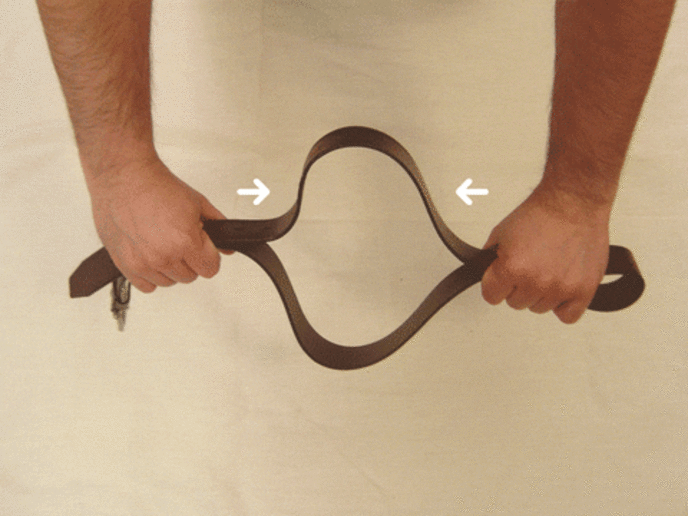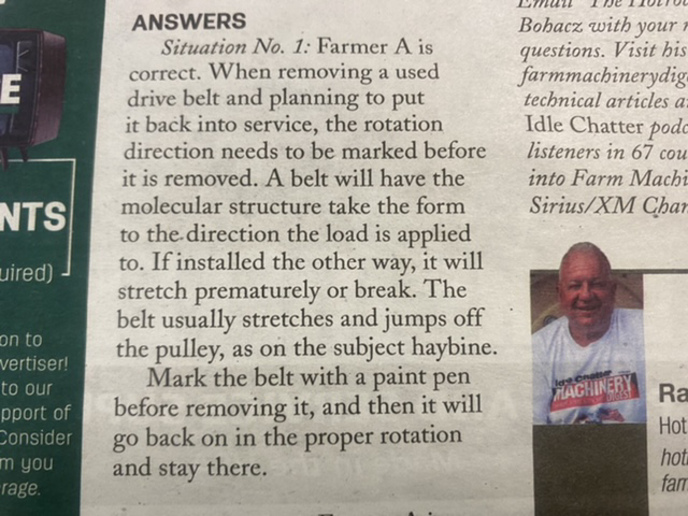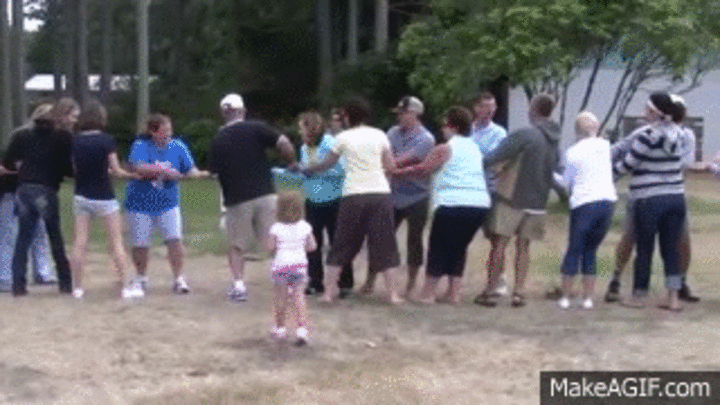You should upgrade or use an alternative browser.
- Thread starter SVcummins
- Start date
Janicholson
Well-known Member
Eric in IL
Well-known Member
old
Well-known Member
- Location
- Camdenton Missouri
old
Well-known Member
- Location
- Camdenton Missouri
MarkB_MI
Well-known Member
- Location
- Motown USA
To give another example, in a tug-of-war, what direction is the tension in the rope? In BOTH DIRECTIONS!
Yall be safe be happy be kind to one another here. G _ _ Bless America, keep her free strong and great is my wish
Best wishes
John T
M-MAN
Well-known Member
- Location
- Bostic, NC
Actually a v belt or anything else that moves will wear a little different on each side. The longer it stays the more it wears. It's just natural forces at work. With enough age on it of course it will wear more on the opposite side if reversed. Thus it will appear stretched and possibly try to jump off until it wears back to where it was. Even metal gears do the same thing. Actually changing at a molecular level I'm not so sure about.
On today's belts, I just bought a 1/2 x 90+ inch drive belt for a big box riding lawn mower. Kevlar cord...... $13.
Traditional Farmer
Well-known Member
- Location
- Virginia
caterpillar guy
Well-known Member
Bob N.Y.
Well-known Member
- Location
- Norway, N.Y.
Perhaps this bit of advice is a relic from a different era, like the old saws about not leaving batteries on concrete or changing the rotation of tires. Maybe with earlier materials used in natural rubber or first-generation synthetic products it was an issue, but I doubt modern compounds give a hoot which way they spin. Think about a modern serpentine belt that passes over and under drive and idler pulleys. Some of those pulleys will turn in one direction and others will rotate in the opposite direction imparting alternating friction loads on the belt as it contacts them. Which load does the belt prefer? Do the belt's molecules switch back and forth, increasing their transformation rate as RPMs increase or does the back-and-forth pressures cancel the whole process out?
That said, I do remember a certain infamous belt from my childhood, that when removed, that could quickly alter my behavior- almost down to the molecular level..

Crazy Horse
Well-known Member
Timmycornpicker
Member
- Location
- Almost Pennsylvania, New Jersey.
old
Well-known Member
- Location
- Camdenton Missouri
Steve in VA
Well-known Member
- Location
- Natural Bridge Virginia
f really important, the tire manufacturer would mark the side wall with arrow and words, just like a tire I bought 3 weeks ago..(quoted from post at 13:05:49 07/20/21) Just my view, but, this sounds to me like this is an incorrect assumption that rubber belts are akin to rubber tires. When first introduced, the rotational pattern of radials was different from bias ply. While that was due to the tread design/pattern, some ascribed it to the tire composition. This sounds like that to me.
Crazy Horse
Well-known Member
jon f mn
Well-known Member
rlp in Co.
Well-known Member
DoubleO7
Well-known Member
- Location
- Crystal River, FL
The forces on the tread versus carcus and belts, etc. is equal between acceleration and deceleration.
Therefore it does not matter which side the tires were placed or how many times they moved to the other side.
I can imagine the fibers holding the vbelt shape could orient somewhat to resist the stretching due to traction at the surface.
Flipping belt over would maybe cause the fibers to then migrate in the opposite direction.
The result being the fibers have migrated twice as far from their original position.
or 'non-directional' tires, the direction of rotation does not matter, radial or biased & most are 'non-directional',& fine to change direction at time of rotation, but.....and there are always the exceptions to every generality. There are "directional" tires & with those, it does matter. One example are studded winter tires....and there are others, too.(quoted from post at 14:46:39 07/20/21) I think the thought of tires, especially radials must always rotate one way is a myth.
The forces on the tread versus carcus and belts, etc. is equal between acceleration and deceleration.
Therefore it does not matter which side the tires were placed or how many times they moved to the other side.
I can imagine the fibers holding the vbelt shape could orient somewhat to resist the stretching due to traction at the surface.
Flipping belt over would maybe cause the fibers to then migrate in the opposite direction.
The result being the fibers have migrated twice as far from their original position.
DoubleO7
Well-known Member
- Location
- Crystal River, FL
(quoted from post at 17:47:36 07/20/21)or 'non-directional' tires, the direction of rotation does not matter, radial or biased & most are 'non-directional',& fine to change direction at time of rotation, but.....and there are always the exceptions to every generality. There are "directional" tires & with those, it does matter. One example are studded winter tires....and there are others, too.(quoted from post at 14:46:39 07/20/21) I think the thought of tires, especially radials must always rotate one way is a myth.
The forces on the tread versus carcus and belts, etc. is equal between acceleration and deceleration.
Therefore it does not matter which side the tires were placed or how many times they moved to the other side.
I can imagine the fibers holding the vbelt shape could orient somewhat to resist the stretching due to traction at the surface.
Flipping belt over would maybe cause the fibers to then migrate in the opposite direction.
The result being the fibers have migrated twice as far from their original position.
True that. There are also tires that are to be only placed on the left or right. Usually a high performance rain tire.
My post was about internal tire materials and construction "movement" of those materials.
gree with all you said.(quoted from post at 17:29:48 07/20/21)(quoted from post at 17:47:36 07/20/21)or 'non-directional' tires, the direction of rotation does not matter, radial or biased & most are 'non-directional',& fine to change direction at time of rotation, but.....and there are always the exceptions to every generality. There are "directional" tires & with those, it does matter. One example are studded winter tires....and there are others, too.(quoted from post at 14:46:39 07/20/21) I think the thought of tires, especially radials must always rotate one way is a myth.
The forces on the tread versus carcus and belts, etc. is equal between acceleration and deceleration.
Therefore it does not matter which side the tires were placed or how many times they moved to the other side.
I can imagine the fibers holding the vbelt shape could orient somewhat to resist the stretching due to traction at the surface.
Flipping belt over would maybe cause the fibers to then migrate in the opposite direction.
The result being the fibers have migrated twice as far from their original position.
True that. There are also tires that are to be only placed on the left or right. Usually a high performance rain tire.
My post was about internal tire materials and construction "movement" of those materials.
Similar threads
- Replies
- 1
- Views
- 237
We sell tractor parts! We have the parts you need to repair your tractor - the right parts. Our low prices and years of research make us your best choice when you need parts. Shop Online Today.
Copyright © 1997-2024 Yesterday's Tractor Co.
All Rights Reserved. Reproduction of any part of this website, including design and content, without written permission is strictly prohibited. Trade Marks and Trade Names contained and used in this Website are those of others, and are used in this Website in a descriptive sense to refer to the products of others. Use of this Web site constitutes acceptance of our User Agreement and Privacy Policy TRADEMARK DISCLAIMER: Tradenames and Trademarks referred to within Yesterday's Tractor Co. products and within the Yesterday's Tractor Co. websites are the property of their respective trademark holders. None of these trademark holders are affiliated with Yesterday's Tractor Co., our products, or our website nor are we sponsored by them. John Deere and its logos are the registered trademarks of the John Deere Corporation. Agco, Agco Allis, White, Massey Ferguson and their logos are the registered trademarks of AGCO Corporation. Case, Case-IH, Farmall, International Harvester, New Holland and their logos are registered trademarks of CNH Global N.V.
Yesterday's Tractors - Antique Tractor Headquarters
Website Accessibility Policy



